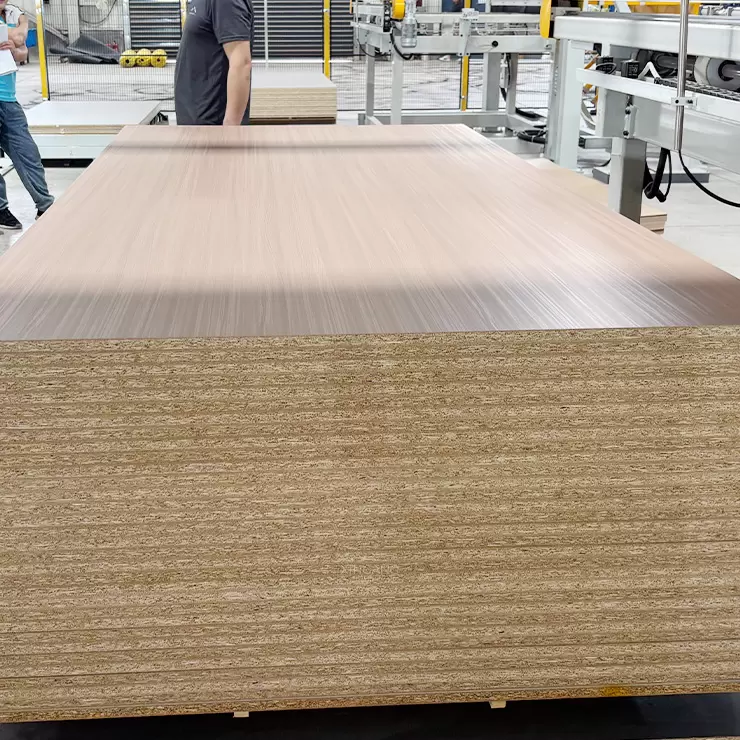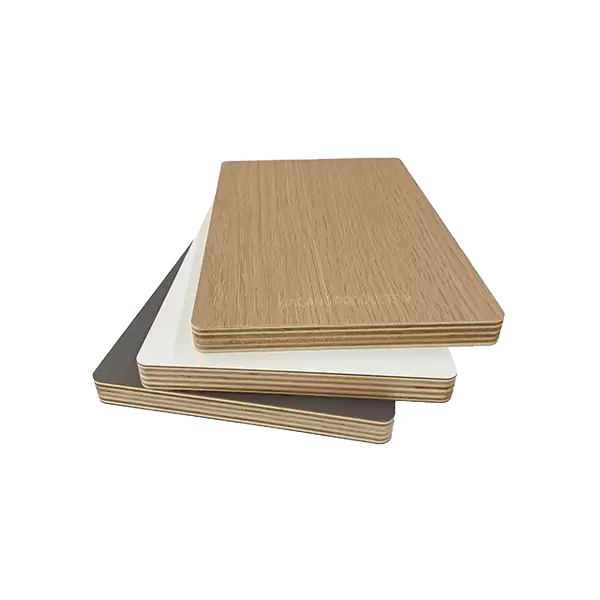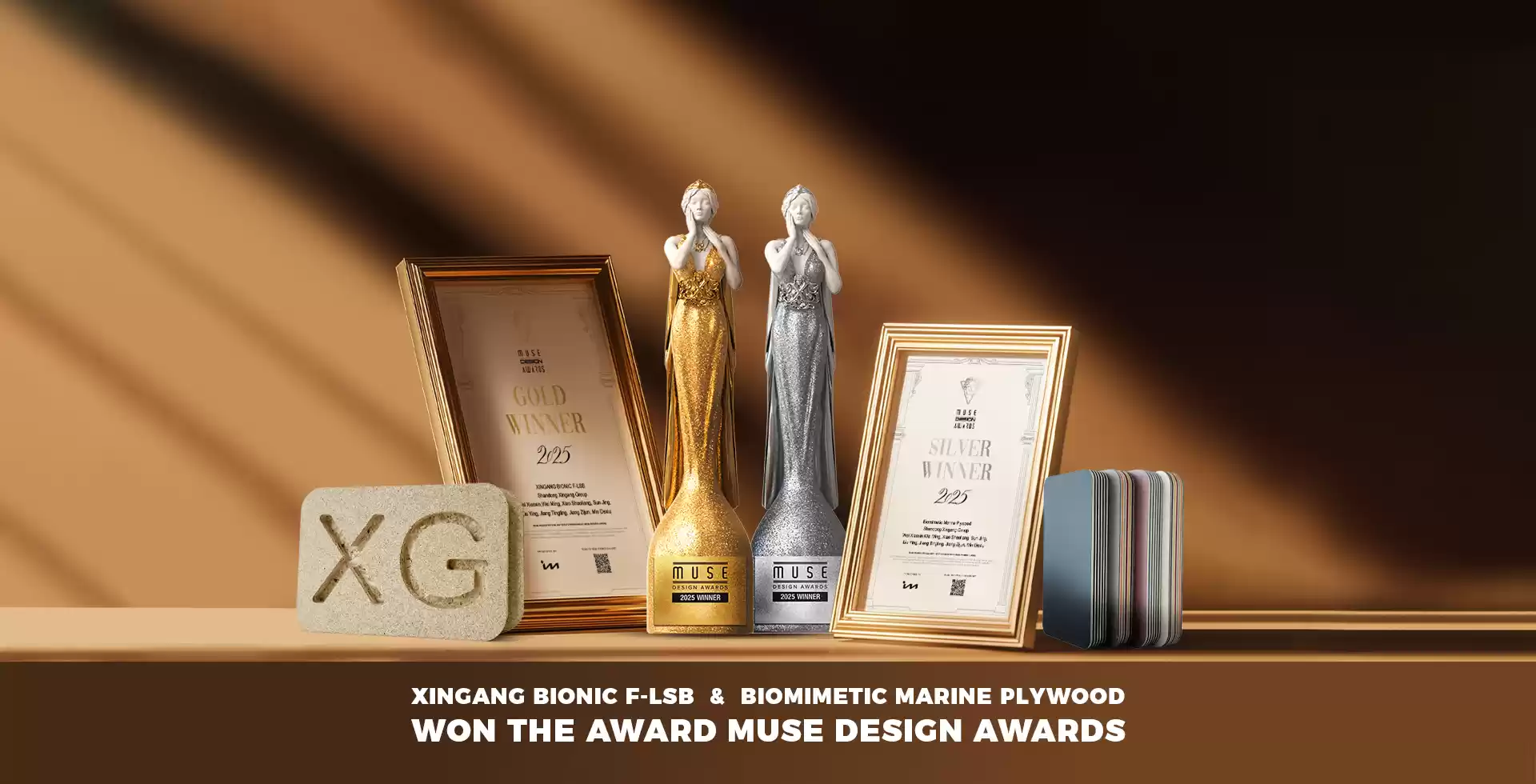A Complete Guide to Particle Board Production: Process, Materials, and Equipment
In today’s modern furniture and interior design industries, particle board has become one of the most widely used engineered wood products — valued for its affordability, versatility, and smooth surface ideal for lamination and finishing. From home furniture and cabinetry to construction and flooring, particle board offers a sustainable alternative to solid wood, efficiently utilizing wood residues and by-products.
As sustainability becomes a key priority across the wood industry, companies like Shandong Xingang Group Co., Ltd. are leading the way in developing environmentally friendly materials and innovative adhesives that redefine the standards of particle board production.

1. Understanding Particle Board
Particle board is a composite wood product made from wood chips, sawdust, shavings, or other lignocellulosic materials, which are bonded together using synthetic resin or natural adhesives under heat and pressure.
This process transforms wood waste into a durable and cost-effective board suitable for manufacturing furniture, wall panels, and decorative materials. The board’s density, thickness, and surface finish can be customized based on its intended application.
2. The Particle Board Production Process
The particle board manufacturing process involves several precise steps that determine the product’s quality, strength, and environmental performance:
Step 1: Raw Material Preparation
The process begins with collecting wood residues such as chips, shavings, or sawdust. These materials are screened to remove impurities and sorted by size to ensure uniformity in the final board structure.
Step 2: Drying
Moisture content plays a crucial role in board quality. The wood particles are dried to an optimal moisture level — typically between 2–5% — using high-efficiency dryers.
Step 3: Mixing with Adhesive
This is where Shandong Xingang Group’s innovation comes into play. The company’s bionic adhesive technology, known as Xingang Bionic Glue, is free from formaldehyde, benzene, and harmful substances, representing a major breakthrough in eco-friendly board production.
By replacing traditional chemical-based adhesives, Xingang Bionic Glue not only enhances safety and environmental protection but also contributes to boards that are antibacterial, antiviral, and high-performing — setting a new standard for green building materials.
Step 4: Forming and Pressing
The glue-coated particles are layered to form a mat and then hot-pressed under high temperature and pressure. This step bonds the particles into a dense, uniform board structure.
Step 5: Cooling, Trimming, and Sanding
After pressing, the boards are cooled to stabilize their dimensions. They are then trimmed to standard sizes and sanded for a smooth surface, ready for lamination or finishing.
Step 6: Surface Finishing
Depending on the final application, the board can be laminated with melamine paper, veneer, or decorative film to achieve the desired appearance and texture.
3. Equipment Used in Particle Board Production
Efficient particle board manufacturing relies on advanced machinery to ensure consistency and high output. Typical equipment includes:
Wood chippers and grinders – for raw material preparation
Dryers – to achieve optimal moisture levels
Blenders and glue mixers – to ensure even adhesive distribution
Forming machines – to layer the particles uniformly
Hot presses – for bonding under heat and pressure
Sanding and trimming machines – for surface finishing
Automation and digital control systems play a growing role in monitoring temperature, pressure, and density — ensuring precision and reducing waste.
4. Sustainable Materials and Green Adhesives
Traditionally, particle boards have relied on formaldehyde-based resins, raising health and environmental concerns. Shandong Xingang Group has taken a bold step toward sustainability through the development of Xingang Bionic Glue, a revolutionary adhesive technology.
This formaldehyde-free and non-toxic adhesive has been successfully applied to various Xingang products, including:
Bionic Decorative Boards
Ultra-Thin Density Boards
Bionic Marine Plywood
These innovations make Xingang’s products safer for both people and the planet, while maintaining excellent structural strength, durability, and moisture resistance.
5. Toward a Green and Sustainable Future
As one of China’s leaders in eco-friendly wood materials, Shandong Xingang Group Co., Ltd. is committed to building a global green home ecosystem in partnership with international collaborators. The company’s mission is to create healthier, more sustainable living spaces through continuous innovation in materials and processes.
By integrating advanced production technology, environmental responsibility, and biomimetic chemistry, Xingang Group is shaping the future of particle board production — one that supports both industrial progress and ecological harmony.
Conclusion
Choosing the right materials, adhesives, and production methods is essential for producing high-quality, sustainable particle board. With innovations like Xingang Bionic Glue, manufacturers can achieve superior performance while eliminating harmful substances — paving the way for a greener, healthier world.
Shandong Xingang Group Co., Ltd. continues to lead this transformation, proving that environmental protection and industrial excellence can go hand in hand. Through its dedication to research, collaboration, and sustainability, Xingang is redefining what it means to build responsibly — for today and for generations to come.




